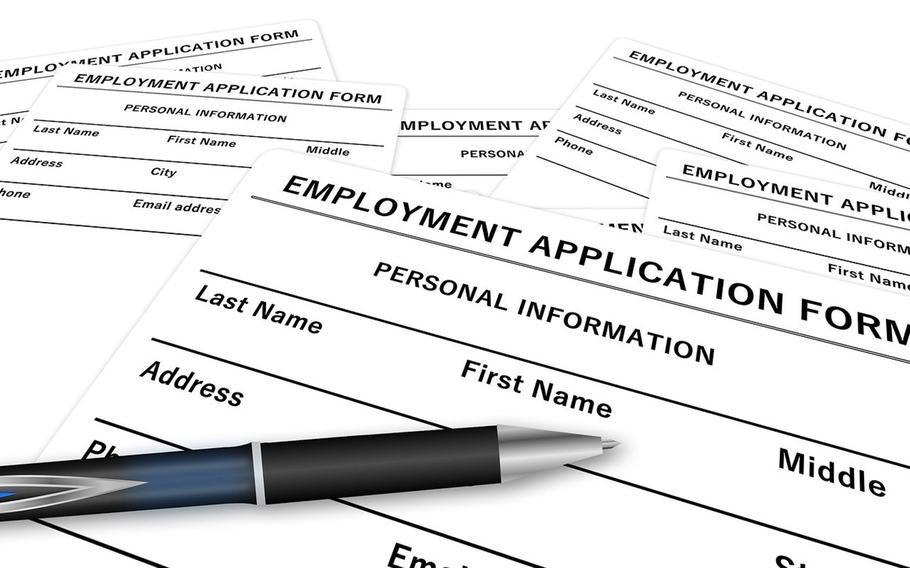
A better-than-expected 254,000 jobs were added to the national economy in September, and the overall employment rate ticked down from 4.2% to 4.1%, according to the Labor Department’s Bureau of Labor Statistics. (Pixabay)
Military veterans also benefited in last month’s improving national employment figures, according to the Labor Department’s Bureau of Labor Statistics.
A better-than-expected 254,000 jobs were added to the economy in September, and the overall unemployment rate ticked down from 4.2% to 4.1%, said a bureau report released Friday.
For veterans, the jobless rate fell from 3.5% in August to 2.7% in September, according to the report.
“People are finding jobs; 254,000 is way more than economists or market workers were looking for,” Nela Richardson, chief economist for Automatic Data Processing, said Friday on Marketplace, a U.S. public radio program that focuses on business and the economy.
“I think that it’s really important because we went through a summer where hiring was pretty lackluster and there seemed to be a sense of uncertainty about the overall economy, about the election, about what the [Federal Reserve] is going to do.”
The 2023 unemployment rate for U.S. veterans averaged 2.8%, the lowest since 2000, according to data collected over the past 30 years by the Bureau of Labor Statistics. Last year marked the third time in the past 24 years that the yearly average was below 3%.
Breakdowns of Friday’s report show that the unemployment rate for women veterans, 7% in August, fell to 4.3% in September, and dropped a full percentage point to 2.5% for the generation of veterans who served after the Sept. 11, 2001, attacks.
Strong trends in hiring continued in food services and drinking places, health care, government, social assistance and construction, according to the jobs report.
“Something happened in September; I think that Fed rate cut might have triggered at least one check mark box off the list of uncertainty items, and it showed that companies were ready and willing to hire all along,” Richardson said.
On Sept. 18, the Federal Reserve lowered the federal funds rate by 50 basis points, or 50 percentage points, on the money it loans banks overnight. Lower borrowing costs generally stimulate business activity. The fed funds rate is a key economic driver and lowering the rate by that much indicated confidence that inflation, now at 2.5%, is easing.
A deeper cut in interest rates was also meant to stimulate hiring, which had slowed as of August, according to an analysis by investment banker JP Morgan Chase following the rate cut.
The next jobs report is due Nov. 1, four days ahead of the election.